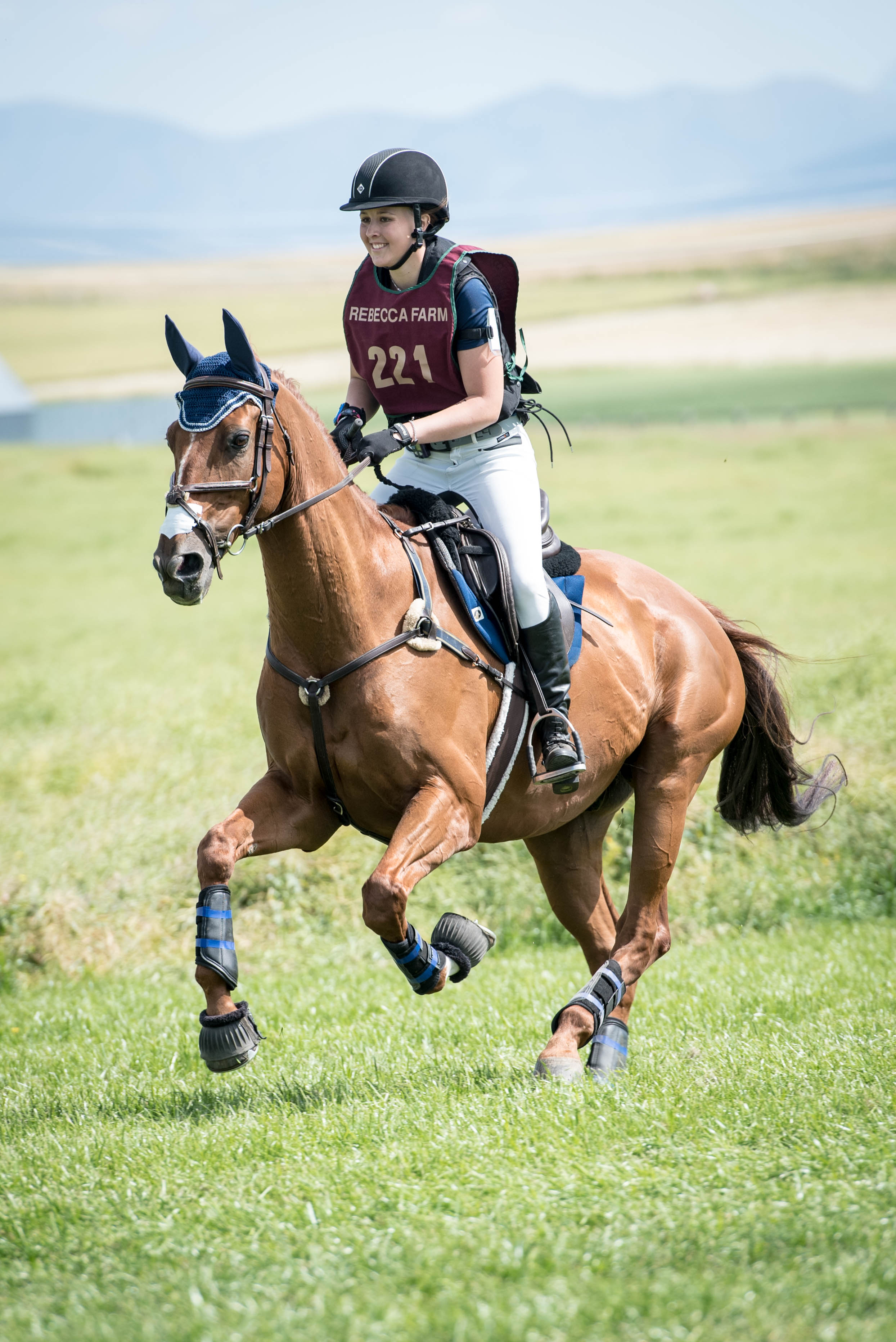The Second phase
The cross-country phase typically takes place on the second day of competition, but always after the dressage phase. Cross-country is the cornerstone of eventing and proves the speed, endurance, and jumping ability of the horse over varied terrain and solid obstacles. Carrying forward their penalty points from the dressage phase as their score, riders want to finish with the fewest penalties possible by jumping every fence on the first effort and finishing the course within the prescribed time limit, which is known as optimum time.
Cross-country features solid fences (15-25 for lower levels and 30-40 for upper levels) as well as natural obstacles such as water, ditches, drops, and banks. The phase is ridden at a gallop with exact speed requirements varied depending on the level of competition.
Horses and riders must be at peak physical condition to successfully complete the cross-country phase. Riders condition their equine partners for months in order to reach the fitness required for this ultimate test. Horses must be bold and brave, while riders must carefully control pace in order to not only finish the course in time, but also without expending too much of the horse's energy.
Mistakes on cross-country are costly to a rider's final score. If a horse stops at a fence, known as a refusal, or runs past a jump, known as a run-out, the pair earns 20 penalty points. A second refusal or run-out at the same obstacle is an additional 40 points, and a third results in elimination. Penalty points are also earned for every additional second over optimum time.


